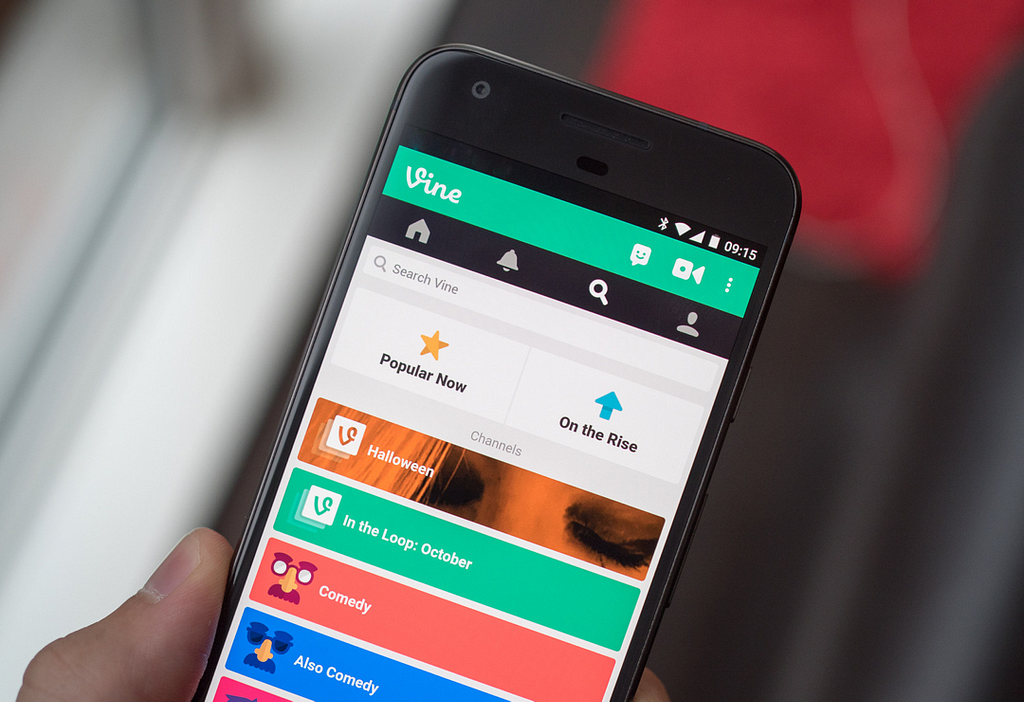Latest news about Bitcoin and all cryptocurrencies. Your daily crypto news habit.
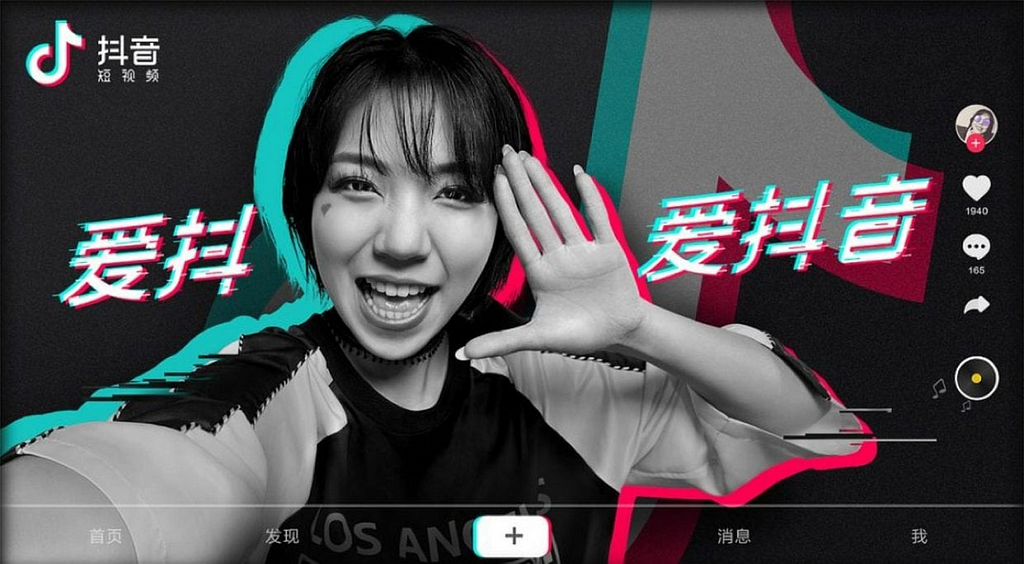
In 2016, I was in a room with several top creators from Vine, the once popular short video app that Twitter shut down a few months after. These creators were all in the process of signing deals with Instagram.
Last month, China’s ByteDance became the world’s most valuable startup ($75B vs. Uber’s $72B). Its short video app, Douyin (also known as Tik Tok), has over 500 million monthly active users.
Below is the story of Vine’s demise and what Douyin did differently.
What led to Vine’s demise?
In 2013, Vine was the hottest video app in the world. Creators treated the 6 second loop as a new art form, producing everything from comedy sketches to time lapse animations. But only a few months later, Instagram and Snapchat entered the market with video (6/2013) and Stories (10/2013).
Facing this competition, Vine failed to add any new features that mattered (it didn’t add 60 second videos until 2016). Vine also didn’t scale through Twitter or find an effective way to monetize.
But Vine’s biggest failure was its poor treatment of its creator community.
Vine didn’t do enough to retain top creators like King Bach and Piques who asked for more money and more ways to prevent harassment on the platform. “We told them how critical it was to implement these things right away,” said Piques, “They never made changes, or when they did it was too late.” As a result, Vine’s creators didn’t hesitate to move their audience to Instagram for more viewers and more money.
How did Douyin become the most downloaded app in the world?
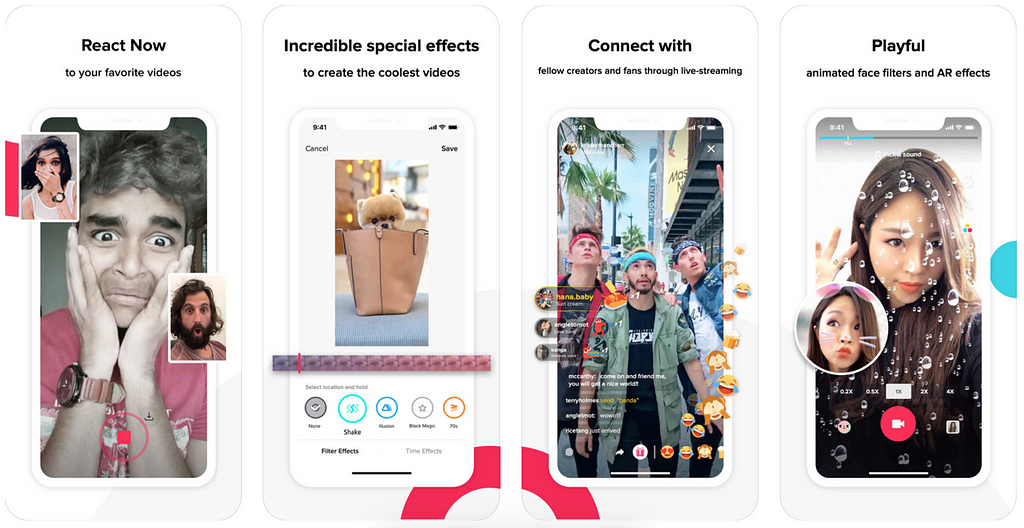 In international markets, Douyin is called Tik Tok
In international markets, Douyin is called Tik Tok
Douyin (抖音) launched in China around the same time that Vine shut down in the US. Two years later, it became the most downloaded app in the world (Q1 2018) and still sits at the top of the App Store in China, Japan, and other countries. Douyin is so popular in China that it has even managed to help ByteDance take time spent away from WeChat:
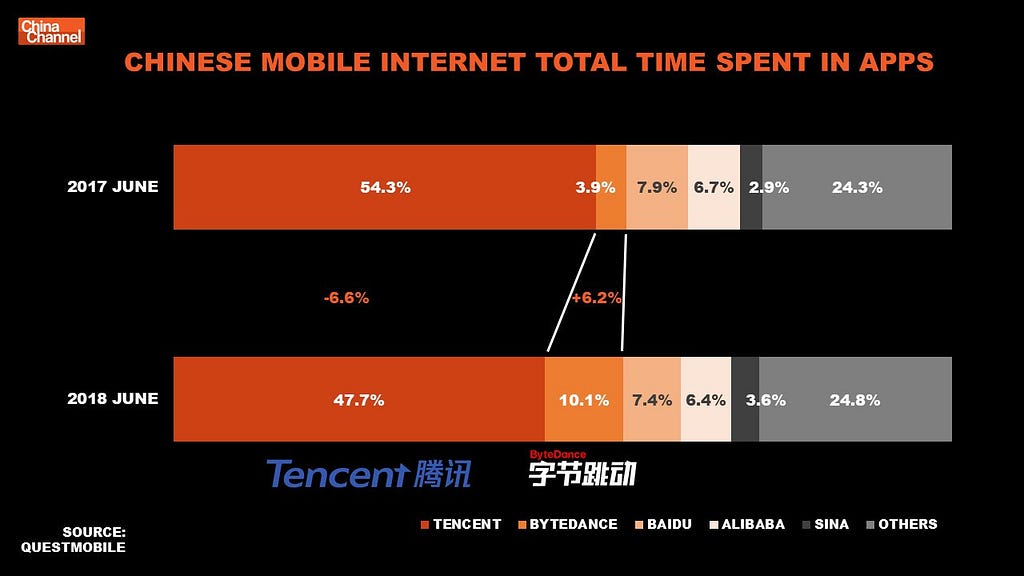
So what did Douyin do differently from Vine?
Machine learning + inspiration through music and trends
- Machine learning over the social graph: ByteDance is a company that uses algorithms to power content discovery in its various apps. Algorithms allow viewers to have an enjoyable experience when they don’t have a large social graph. Similarly, with the right algorithms, regular creators can get discovered even without a large following. This doesn’t mean that a social graph isn’t useful. A large part of the app’s early growth came from viewers sharing its videos on WeChat. Now that WeChat has essentially blocked the app, Douyin is heavily promoting address book sync to build a graph from scratch.
- Music as the inspiration: The vast majority of short videos on Douyin have a 5–15s music clip playing in the background. The song defines what creators do in the video and creators can click a song to see other videos and get inspired to create similar content.
- Create trends and copy them: Similarly, viewers can browse Douyin’s discover tab to see a frequent rotation of trending hashtags and contests to get inspired to create content. The Douyin team actively curates new trends in partnership with its top creators.
Outside of the above product differentiators, Douyin also aggressively expanded to international markets and has a creator first mindset. For example, Douyin purchased Musical.ly to establish a foothold in the US (it’s now #4 in US photos and video app downloads). In China and abroad, the Douyin team sources creators from art schools, multichannel networks, and other channels to produce short videos and set trends. It has committed $300 million to help these creators grow their audience and revenue. Even Logan Paul is on Douyin (he’s got to go somewhere right?).
Is there room for a dedicated short video app in the US?
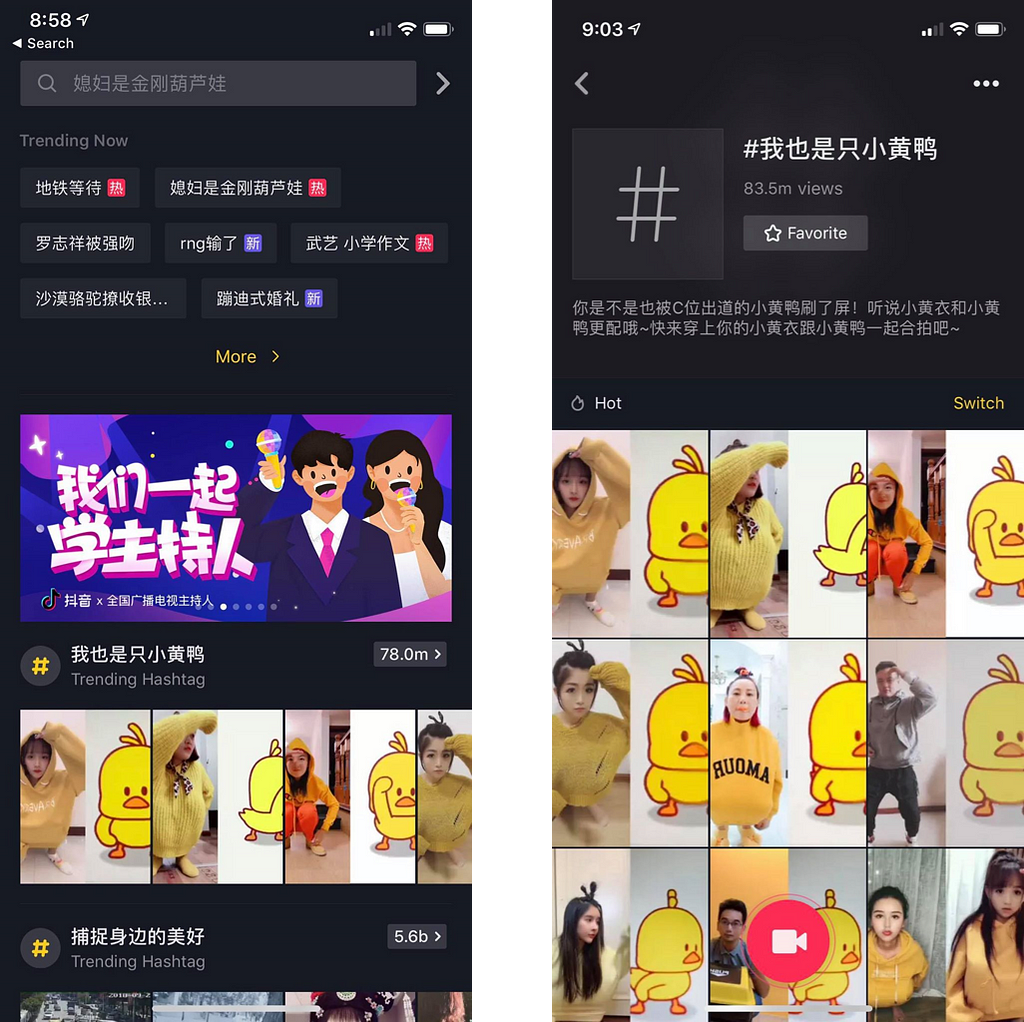 Douyin’s discover tab: People pretend to be a little duck because it’s fun, not to show off how cool their life is.
Douyin’s discover tab: People pretend to be a little duck because it’s fun, not to show off how cool their life is.
Although Vine no longer exists, the short video format is alive and well in the US. That’s because:
Instagram Stories = short video.
With 400 million DAU compared to Douyin’s 150M, Instagram Stories is still the most popular short video platform in the world. But there is a key difference between Stories and Douyin’s short videos:
- Stories are about showing off your life. My Instagram stories are full of friends grabbing lunch, taking trips, and playing with their cute babies.
- Douyin’s short videos are about showing off your creativity. My Douyin feed features people doing comedy skits, teaching life hacks, acting out scenes from movies, and more all set to music.
So is there room for a dedicated short video app in the US? It’s notoriously difficult for a new video app to succeed because consumer attention is a zero sum game and quality content is expensive to produce. But there’s clearly a hole left by Vine because…
Vine’s short videos were less about showing off your life and more about showing off your creativity.
Douyin could just be the platform to help people show off their creativity via short videos on a global scale.
Follow me on Twitter for more about short video and live streaming.
Further reading:
- Douyin
- Casey Newton, Why Vine Died
- Taylor Lorenz, Vine’s Biggest Stars Were Ignored
- Sean Wang, A Close Look into Tik Tok
- Thomas Graziani, How Douyin Became China’s Top Short Video App
- Hans Tung and Zara Zhang, 8 Lessons from the Rise of Douyin (Tik Tok)
- Lulu Yilun Chen, 35 Year Old Unknown Creates the World’s Most Valuable Startup
How Short Video Created the World’s Most Valuable Startup was originally published in Hacker Noon on Medium, where people are continuing the conversation by highlighting and responding to this story.
Disclaimer
The views and opinions expressed in this article are solely those of the authors and do not reflect the views of Bitcoin Insider. Every investment and trading move involves risk - this is especially true for cryptocurrencies given their volatility. We strongly advise our readers to conduct their own research when making a decision.
